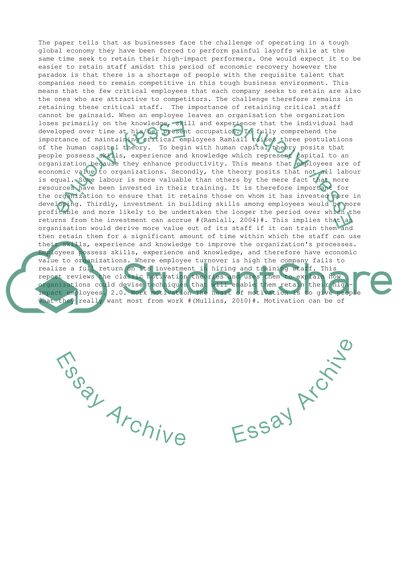Cite this document
(“Employee retention using lessons from motivation theories Essay”, n.d.)
Retrieved de https://studentshare.org/business/1391215-employee-retention-using-lessons-from-motivation-theories
Retrieved de https://studentshare.org/business/1391215-employee-retention-using-lessons-from-motivation-theories
(Employee Retention Using Lessons from Motivation Theories Essay)
https://studentshare.org/business/1391215-employee-retention-using-lessons-from-motivation-theories.
https://studentshare.org/business/1391215-employee-retention-using-lessons-from-motivation-theories.
“Employee Retention Using Lessons from Motivation Theories Essay”, n.d. https://studentshare.org/business/1391215-employee-retention-using-lessons-from-motivation-theories.


